Major discovery
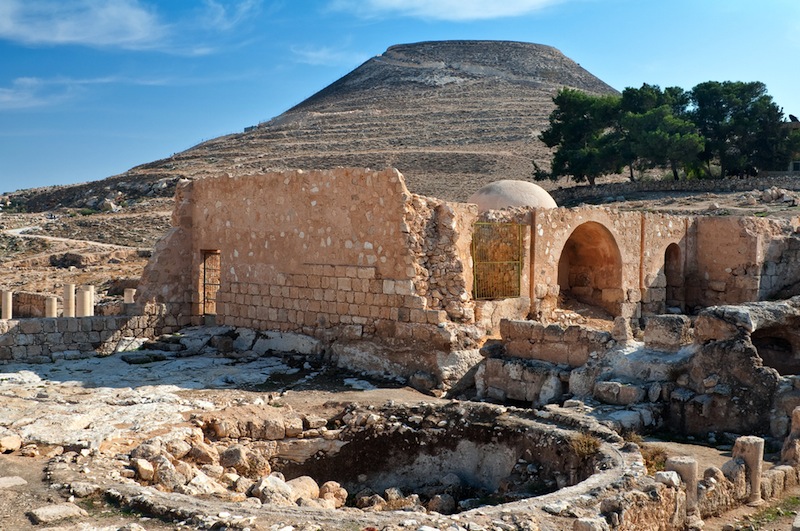
In 2007, archaeologist Ehud Netzer announced that he had discovered Herod's Tomb. But in October 2013, archaeologists said the tomb may not have been Herod's after all.
Master Planner
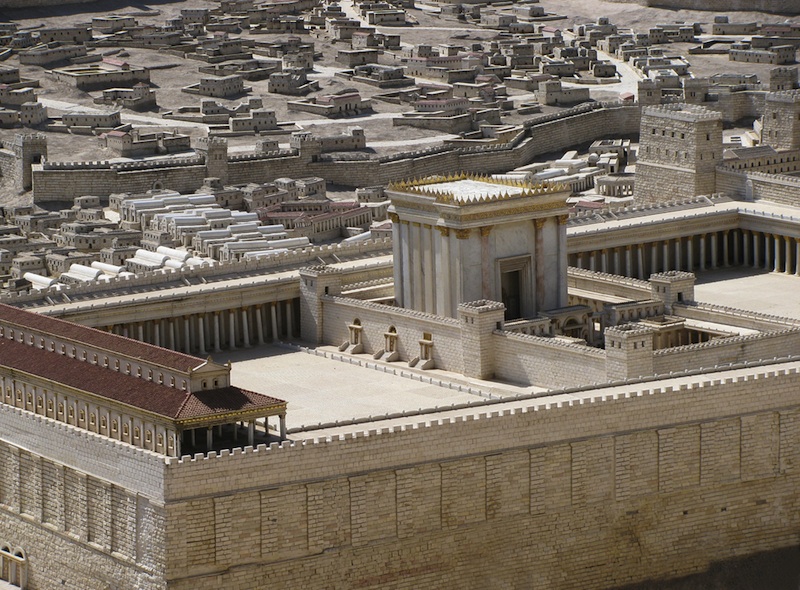
Herod was a King who ruled Judea for the Romans until about 4 B.C. During his reign, he oversaw several majestic building projects, including completely rebuilding the Second Temple (shown here as a model). The team argues that such a master planner and builder would never have constructed such a modest and poorly-designed tomb.
Herodium schematic
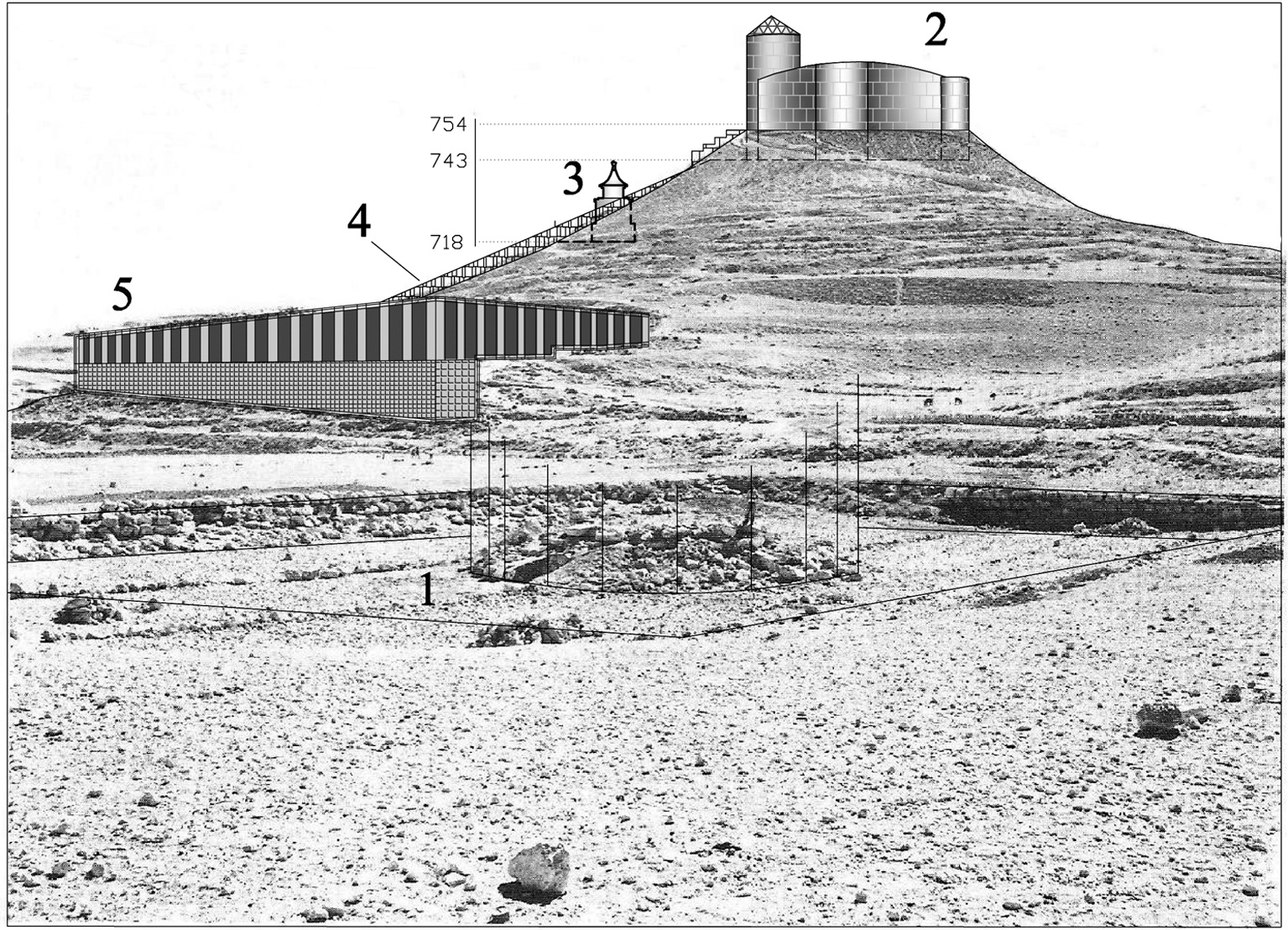
A pool and garden (1) beautified the lower portion of the complex, while a fortified stronghold (2) was built at the top of the mound. The tomb (3) was in the middle of the two. A monumental staircase (4) led up to the palace and a lower palace (5) was located below.
Modest tomb
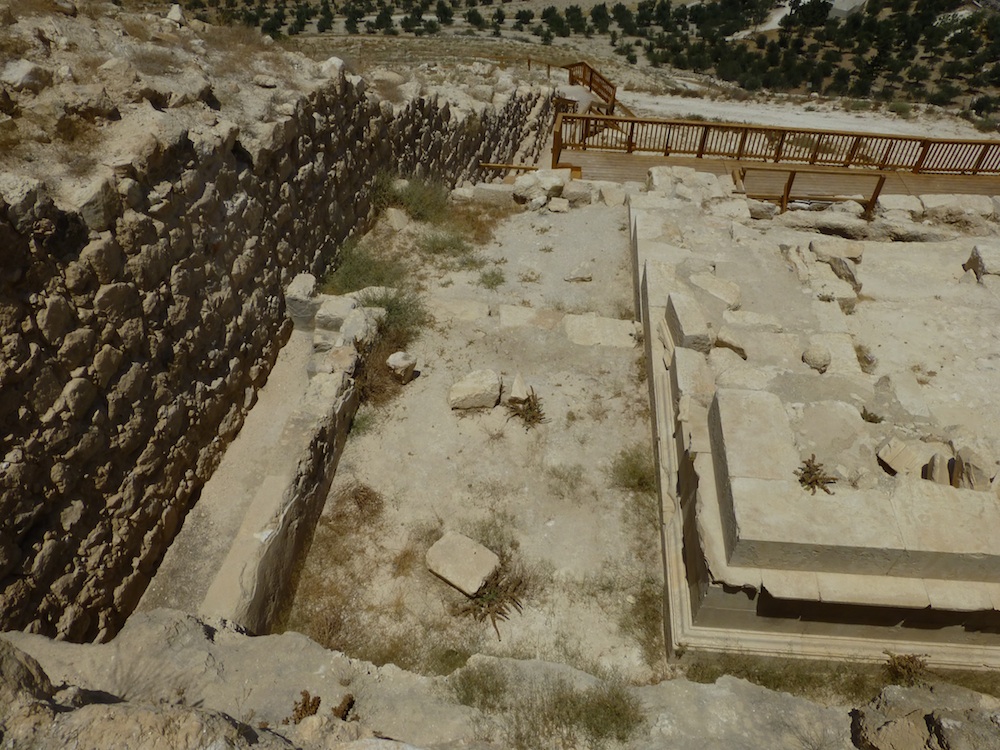
Archaeologists Joseph Patrich and Benjamin Arubas say the compound was too modest and awkwardly designed to be the tomb of such a man as Herod. For one, the compound is small, and for another, the coffins themselves are made out of local stone, not the marble or gold that would have been expected.
Awkward view

In addition, the tomb was not fully visible from the monumental staircase, and it had no proper courtyard and gateway for mourners to pay their respects This was odd for a man with lavish tastes. It was also strange because Herod was so worried no one would mourn his death he gave an order for prominent men to be brought to his burial and killed in order that they would display real grief (the order was not carried out).
Massive complex
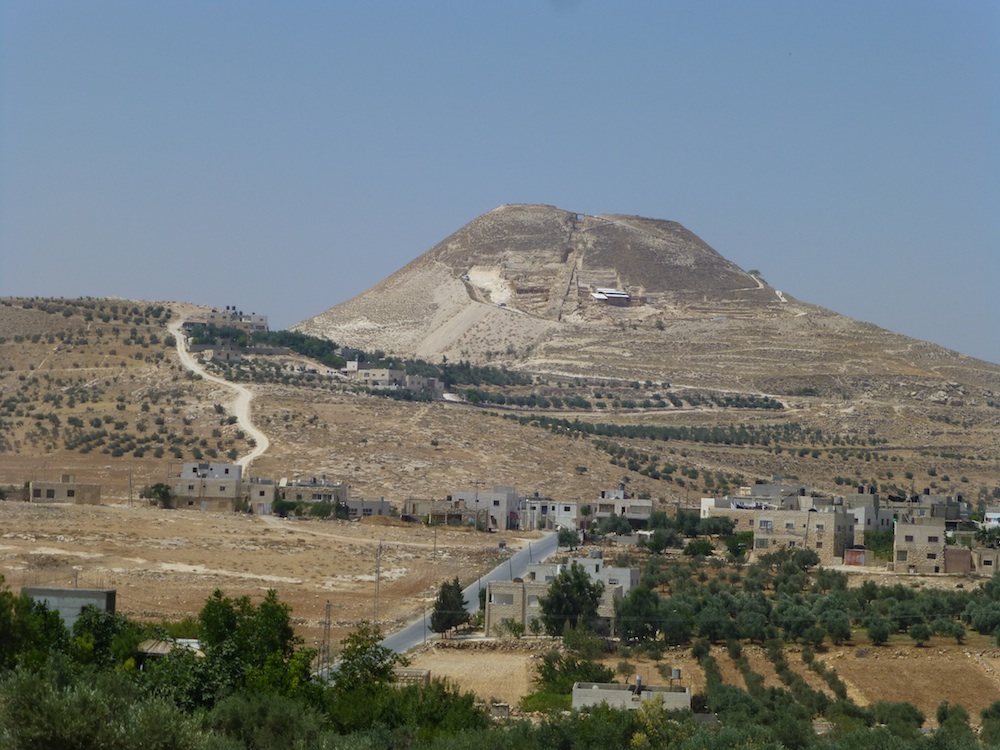
The tomb was part of a massive complex called the Herodium, that King Herod built and was buried in.
Sign up for the Live Science daily newsletter now
Get the world’s most fascinating discoveries delivered straight to your inbox.

Tia is the managing editor and was previously a senior writer for Live Science. Her work has appeared in Scientific American, Wired.com and other outlets. She holds a master's degree in bioengineering from the University of Washington, a graduate certificate in science writing from UC Santa Cruz and a bachelor's degree in mechanical engineering from the University of Texas at Austin. Tia was part of a team at the Milwaukee Journal Sentinel that published the Empty Cradles series on preterm births, which won multiple awards, including the 2012 Casey Medal for Meritorious Journalism.









